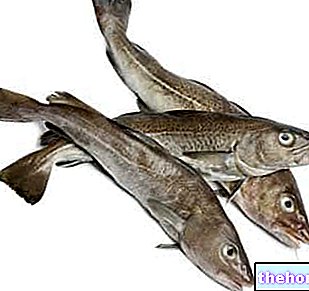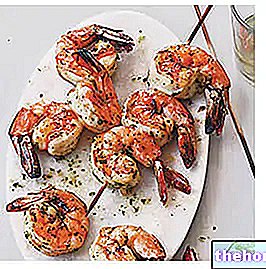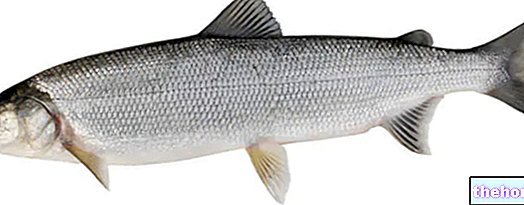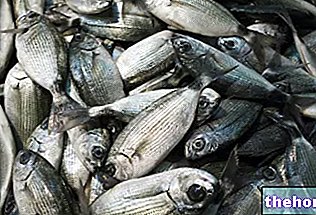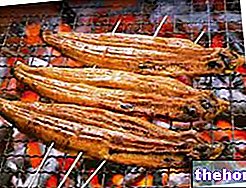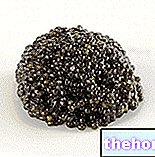What are Scampi
Langoustines are Crustaceans Decapods of the Nephropidae family, belonging to the Genus Nephrops; the Latin noun of the Specie is norvegicus, therefore the binomial name of the prawns corresponds to Nephrops norvegicus.

The prawns are pink or orange on the back and white on the belly, while the eggs (like the eyes) appear completely black. The body of the scampi is divided into: a cephalic portion, which contains the brain and to which the legs and claws are attached ventrally, and an abdominal portion, long and segmented, which ends with the fan-shaped tail. The claws of the scampi, unlike those of the lobster, are narrow, elongated and superficially serrated; in proportion, the claws of the scampi are much longer than those of the others Nephropidae.
The prawns easily reach 18-20cm (with a maximum of 25cm) in length, but are caught and marketed (alas!) Even in smaller sizes (≤10cm). Langoustines live from 5 to 10 years and rarely up to 15; their reproductive cycle can be annual or biennial depending on the temperature of the water which, if too hot or too cold, can prolong the incubation of the eggs, preventing the females from participating in the next reproductive cycle. Langoustines change their carapace twice a year when they are young and only once when they are adults.
The Norway lobster fishery constitutes a fundamental European resource and, together with a few other fishery products, supports the commercial fish economy of the old continent; ultimately, Norway lobsters represent the most important species of crustaceans in Europe.

